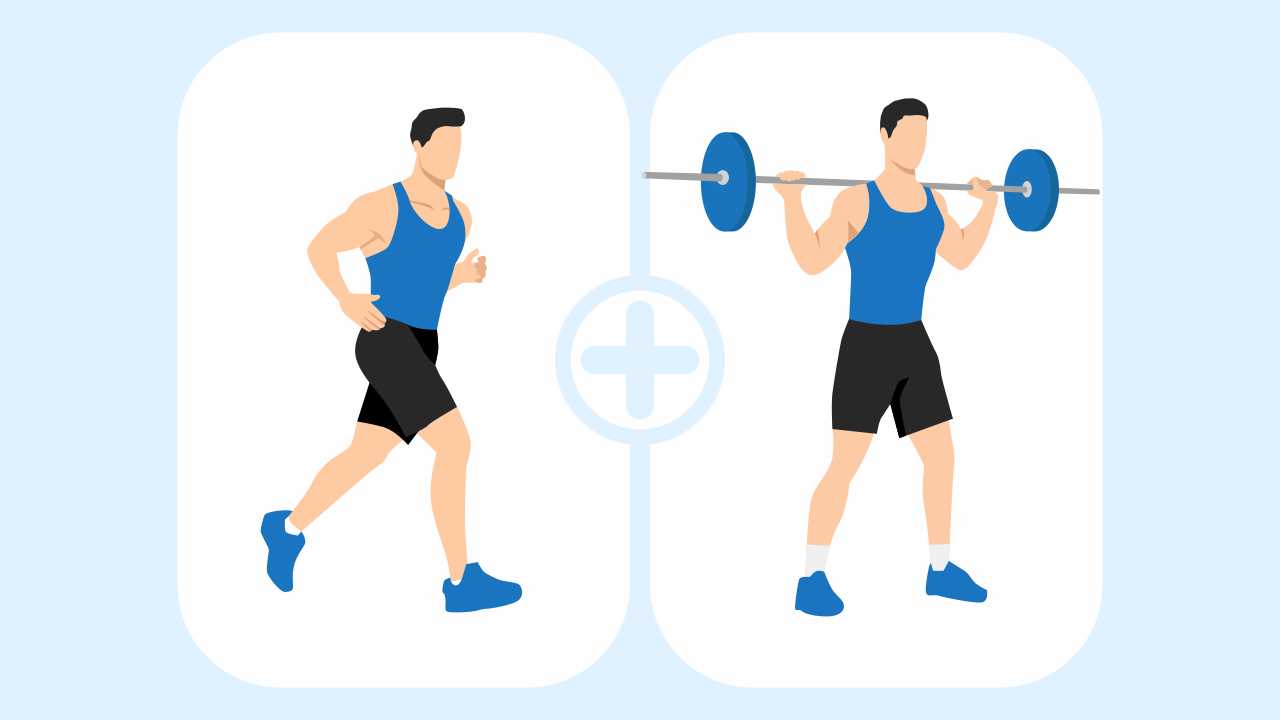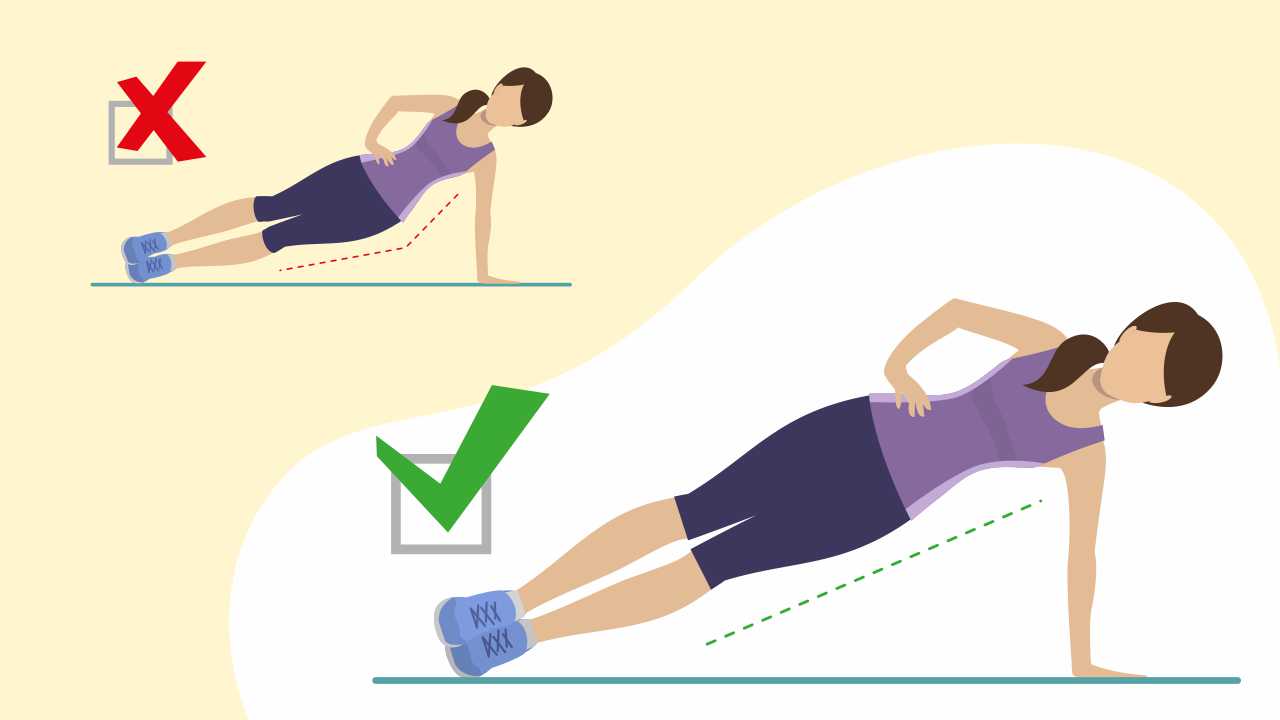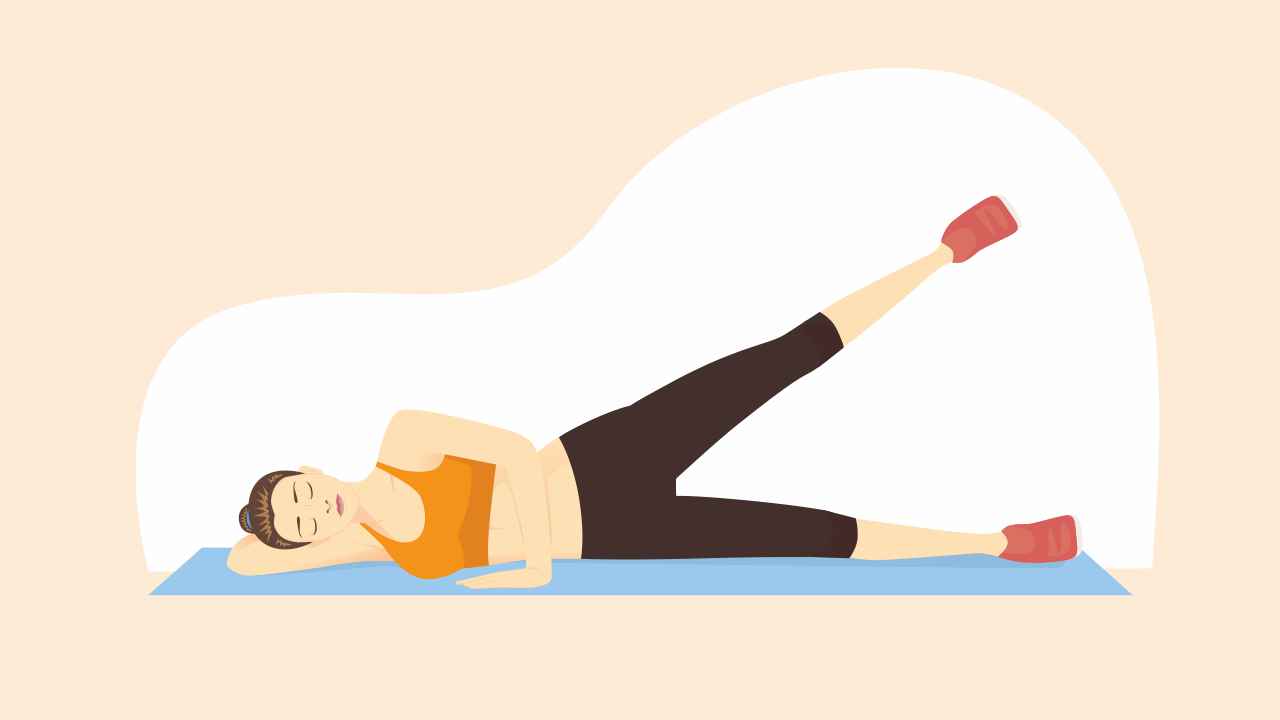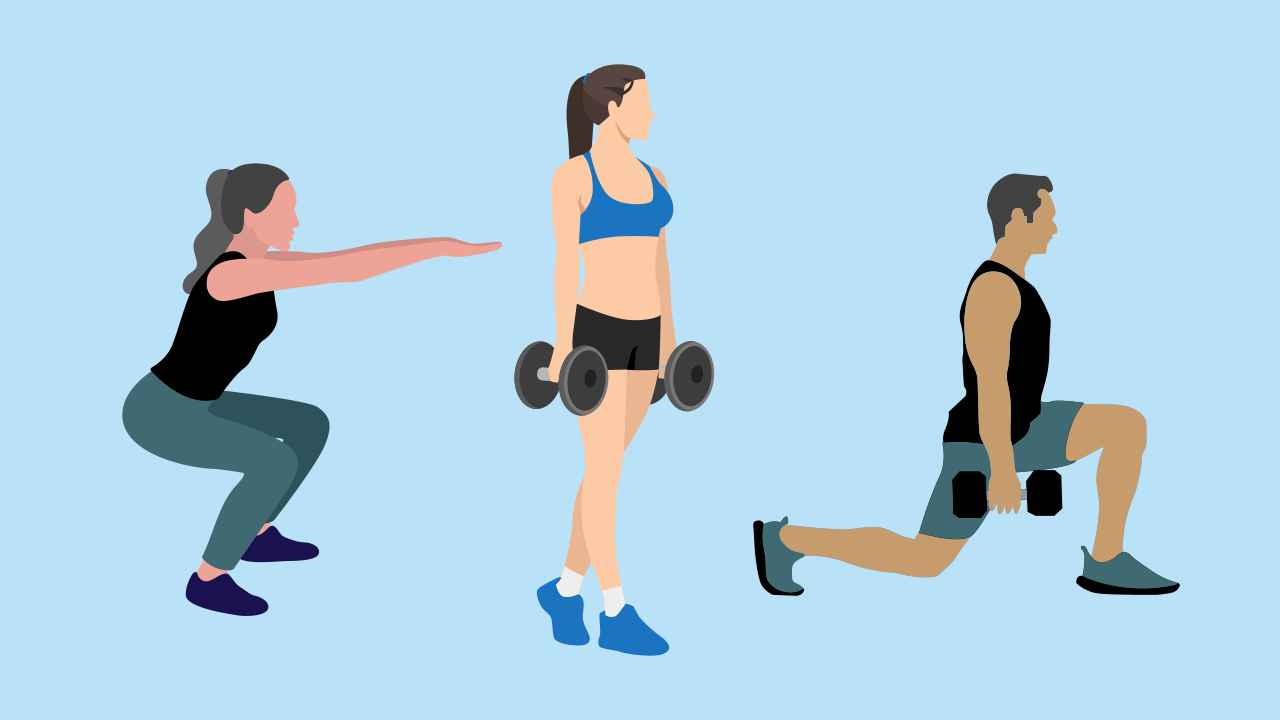
Dumbbells vs Barbells: Settling The Debate
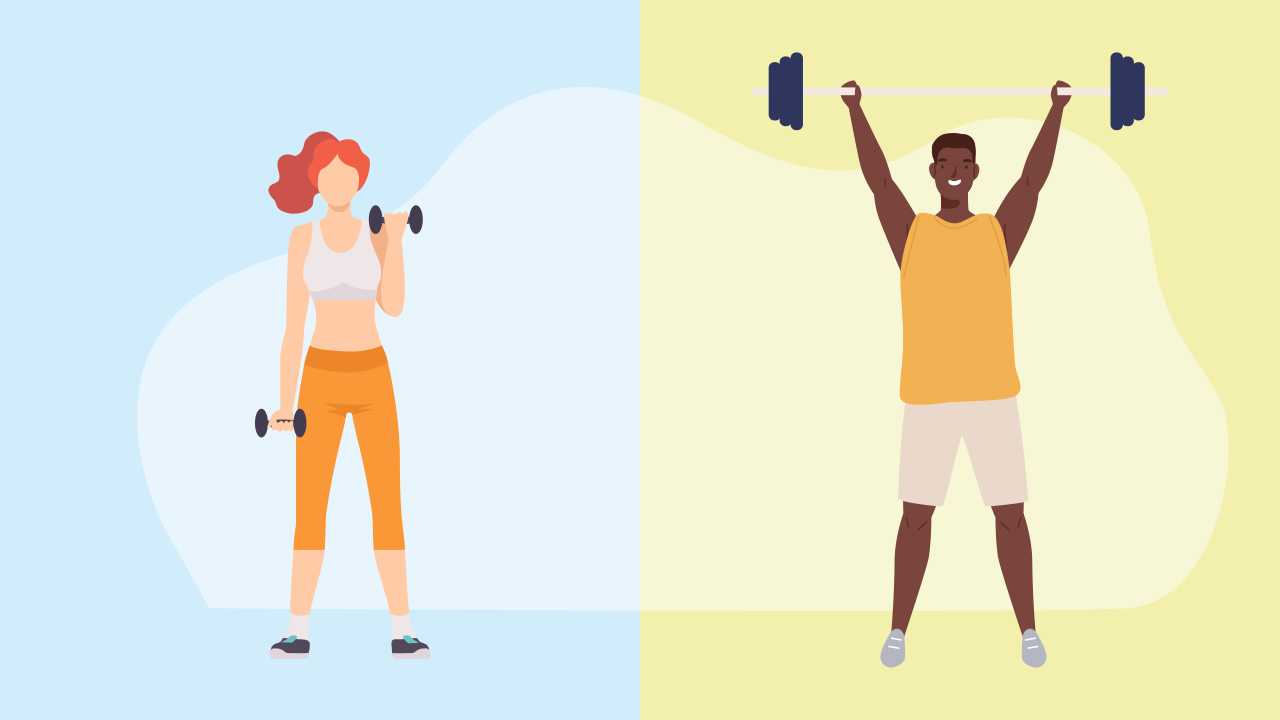
Both dumbbells and barbells are effective weight-training tools. So, when it is a matter of doing a solid workout, there is a strong chance of you coming in contact with these tools.
Dumbbells and barbells are two of the most popular free weights. Free weights have a few advantages over machines. They do not lock the body at a certain angle or position. They also allow you to perform the movements in the most natural way possible, resembling real-life motions.
If you are able to workout with barbells, exercising with dumbbells will not be a big deal for you. However, despite having strong resemblances, these free weights have some key differences. Here, we will take you through the benefits of these workout tools to help you determine which is more suitable for you.
Also Read: Should You Lift Weights Barefoot?
Advantages of barbells
A few pros of using barbells include:
1. Easier progressive overload
The most significant plus point that barbells have over dumbbells is they offer convenient progressive overload in your training. Barbells let you load more weight compared to dumbbells. They are safer to hold and move. You have the support of two arms, consequently allowing you to have better control over the load.
Competitive weightlifters and powerlifters use barbells for the majority of their weight training, as it is specific to their sport.
For instance, while doing a bench press exercise, the shape of the barbell aids you to push your pectoral (chest) muscles to their absolute limits. You need not spend energy in balancing the load and rely on other muscle groups for control and stability, as you would have to do while exercising dumbbells.
Standard bench press equipment comes with a rack for the barbell, which makes it a lot easier to start the exercise. Lifting a pair of heavy dumbbells to the start position can consume a lot of energy.
2. Beginner-friendly
Barbells are beginner-friendly. You may have difficulty starting a new movement with dumbbells. It is because it is harder to control and move the dumbbells in the correct line of path through the full range of movement compared to barbells.
Advantages of dumbbells
Here are a few points where bodybuilding dumbbells score over barbells:
1. Better range of motion
Dumbbells offer a greater range of movement. As each arm is working independently, dumbbells challenge your balance and stability, which is provided by a large number of stabilizing muscles. This makes dumbbells great at training in a full range of motions and building functional strength and efficiency.
In addition, these free weights provide a more natural range of motion. Various types of dumbbell exercises have different benefits. For instance, in the case of a bench press, with a barbell, you cannot go any deeper than the point the bar touches your chest. However, with dumbbells, you can go much deeper. You can bring your hands together or apart as needed. Additionally, you may change the depth and angle of a certain movement without any extra setup.
2. Addressing imbalances
Dumbbells allow you to train unilaterally. So, you can focus on one side or arm at a time. Unilateral training is effective in addressing any probable strength imbalances. Such training is also useful in rehabilitation programs, as it helps in accelerating the recovery process. If you leave these imbalances untreated for a long time, you are at a high risk of putting excessive stress on one side and may end up getting injured.
Dumbbells can also assist your strength goals. When you have imbalances, it is quite unlikely to push past your 1 repetition maximum. By addressing these imbalances, dumbbell training can help you achieve a new repetition maximum.
3. Time-efficient
Dumbbells are easier to change than loading and unloading a barbell. You can do more sets and repetitions with dumbbells than barbells.
4. Home compatibility
Dumbbells do not use as much space as barbells. Also, you do not need a squat rack or power rack to put them to their optimal use. So, if you are training at home, and space is a constraint, you can get a decent workout with dumbbells.
Also Watch: What Are the Benefits of Using Dumbbells for Training?
Should you choose dumbbells or barbells?
Whether you train for strength or muscle hypertrophy or improving one or various components of fitness, you need to ensure progressive overload in training. So, no matter whatever stage you are at, when it comes to training with weights, you need to keep increasing the weight to progress.
If you want to get better at Olympic lifts and powerlifting, then barbells are ideal. You cannot have the same stimulus from dumbbells, as you can with a barbell. Barbells are great for heavy lifts as they are safer, more stable, and allow for easier progressive overload.
Dumbbells are perfect for addressing and preventing imbalances as well as improving strength and hypertrophy. They score significantly higher if you are training at home and are facing constraints related to space and time. Moreover, they are more reasonably priced compared to barbells and barbell-specific equipment.
If you do not have any time or space-related challenges, it is advisable to include both barbell and dumbbell training in your regime. Both these free-weights have their benefits and differ from each other. These differences bring variety and progress, and hence, value to your training.
References
1. Van den Tillaar R, Sousa C. Comparison of muscle activation and barbell kinematics during bench press with different loads. Acta Kinesiol; 2020; 25: 37-50.
2. Littlefield D J, Schramm KK, Mayhew JL. Comparison of lift velocity and power output between barbell and dumbbell bench presses. J Trainol 2021; 10: 5-9.
3. Exercise.co.uk. 2021. https://www.exercise.co.uk (accessed 12 Jun 2021).
4. Krzysztofik M, Golas A, Wilk M, et al. A Comparison of Muscle Activity Between the Cambered and Standard Bar During the Bench Press Exercise. Front Physiol 2020; 11: 875.





